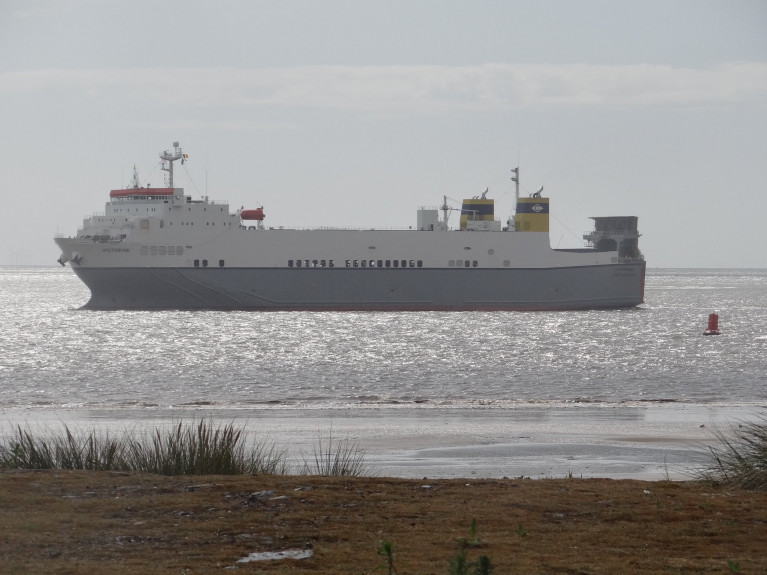Displaying items by tag: 2nd Iberian service
CLdN Celebrate Second Service Linking Iberian Peninsula to Liverpool & Dublin Port
Freight-ferry operator CLdN and UK ports group, Peel Ports celebate the addition of a second ferry service linking the Iberian peninsula to Liverpool and Dublin Port.
The new weekly service connecting Leixoes, Portugal to the UK and Irish ports, follows the success of the first pure RoRo service between Santander in Spain, Liverpool, and Dublin as Afloat.ie reported in June.
Afloat adds this service was opened by Victorine.
According to Peel Ports, whilst most new services take time to build market confidence, these new connections have already proved a huge success, further increasing frequency and capacity on CLdN’s Irish and UK services from continental Europe.
The enhanced service offers cargo owners and hauliers the chance to utilise longer maritime routes, switching to unaccompanied trailers to improve the overall productivity of the driver pool.
Liverpool is a key port for the Atlantic and Irish Sea trades and this new route between Iberia and Liverpool, will provide both Irish and US exporters alike, with a reliable, fast and direct route for their customers, including those in northern Britain. Market uncertainty, related to COVID and Brexit, has presented a number of ongoing issues within the supply chain, affecting long distance European haulage and driver availability. This new service will mitigate all these risks.
Sjors Bosvelt, Head of Sales, CLdN said: “Since launching the triangular route in June, plus Porto, Dublin, Liverpool sailings, we have continued to progressively expand our route network. The new Portuguese service, which commenced on 11th September with the arrival of Japanese built Kawasaki Class vessel, Clementine into Liverpool, will offer environmental benefits and be less prone to disruptions or interruptions as seen on the short straights, as well as increased coverage of direct shipment possibilities from Iberia to UK and Ireland.”






























































